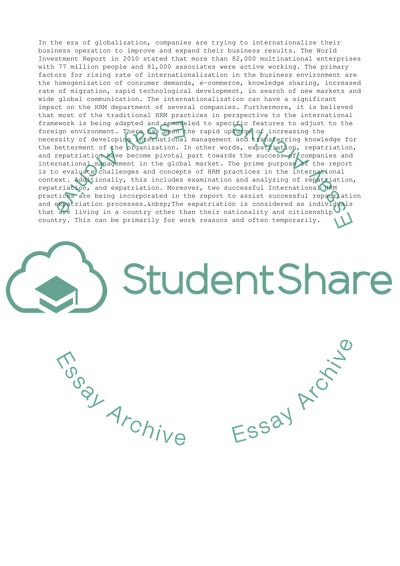Cite this document
(Concept of Inpatriation and Associated Challenges Research Paper, n.d.)
Concept of Inpatriation and Associated Challenges Research Paper. Retrieved from https://studentshare.org/management/1880364-international-human-resource-management
Concept of Inpatriation and Associated Challenges Research Paper. Retrieved from https://studentshare.org/management/1880364-international-human-resource-management
(Concept of Inpatriation and Associated Challenges Research Paper)
Concept of Inpatriation and Associated Challenges Research Paper. https://studentshare.org/management/1880364-international-human-resource-management.
Concept of Inpatriation and Associated Challenges Research Paper. https://studentshare.org/management/1880364-international-human-resource-management.
“Concept of Inpatriation and Associated Challenges Research Paper”, n.d. https://studentshare.org/management/1880364-international-human-resource-management.


